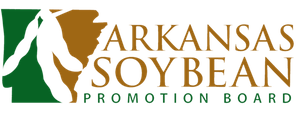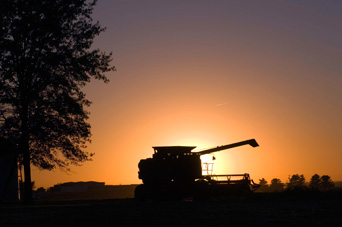Checkoff FAQ
Frequently Asked Questions
- What is the soybean checkoff?
- How does the soybean checkoff work?
- What’s the difference between the United Soybean Board (USB) and the American Soybean Association (ASA)?
- How does the soybean checkoff support individual farmers?
- Why is Animal Ag such a big deal to the Arkansas Soybean Promotion Board?
- What country is expected to have the biggest impact on the future of U.S. soy?
- What is the largest U.S. consumer of soy?
Like producers of other commodities, such as beef, dairy and eggs, soybean farmers collectively invest a portion of their product revenue to fund research and promotion efforts. This collective investment is called a checkoff.
How does the soybean checkoff work?
The soybean checkoff is supported entirely by soybean farmers. The United Soybean Board (USB) directs all national checkoff efforts. The board Consists of 69 volunteer farmer-leaders nominated by their state-level checkoff organizations, called Qualified State Soybean Boards (QSSBs). These nominees are appointed to the board by the U.S. secretary of agriculture.
What’s the difference between the United Soybean Board (USB) and the American Soybean Association (ASA)?
USB and ASA are two different organizations with one focus: the success of U.S. soybean farmers. Each group serves this purpose in a different way. Whereas USB administers soybean checkoff activities focusing on research, market development and expansion, ASA focuses on advocating on state and national legislative and regulatory policy issues, which by law the checkoff can’t.
How does the soybean checkoff support individual farmers?
Success for soybean farmers in today’s market takes more than just a good harvest. By building demand both at home and abroad, the soybean checkoff helps ensure a strong and profitable future for U.S. soybean farmers.
Why is Animal Ag such a big deal to the Arkansas Soybean Promotion Board?
Because your bottom line depends on it. Animal ag is the number one customer for your soybeans. In fact, 98 percent of your soybean meal goes to feed livestock and poultry. Add in the $16 billion in income tax revenue and over 1.8 million jobs it helps generate and it’s easy to see why a successful animal ag industry is the key to a profitable future for all U.S. soybean farmers.
What country is expected to have the biggest impact on the future of U.S. soy?
China, due to increased demand for protein, by 2020, China will increase its demand for U.S. soy by 37 percent.
What is the largest U.S. consumer of soy?
U.S.-raised broiler chickens consume about 40 percent of the domestic supply of soybean meal. In total, American animals consume more than 94 percent of the supply of U.S. soybean meal.

